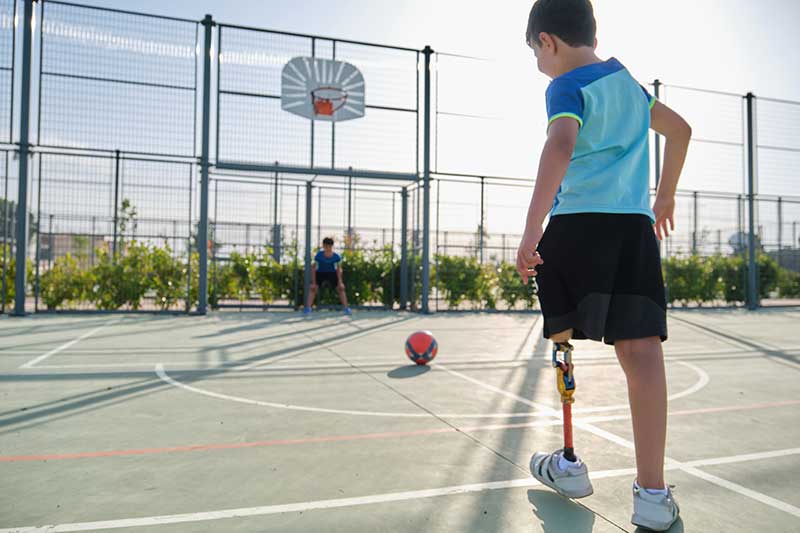Physical Disabilities
This unit helps students understand that there are different kinds of physical disabilities that affect different parts of the body, and that someone who has a physical disability can use a variety of useful techniques and assistive technology to be independent and to participate in activities of daily life.
Key themes:
- Having a physical disability is among the many traits that contribute to making a person the individual that he or she is.
- Individuals can experience a broad spectrum of physical disabilities, some of which may not be visible.
- People with physical disabilities use different adaptations, including complex and simple personal devices, to do everyday tasks and to function more independently.
- Barriers can prevent people with physical disabilities from being included fully. Universal or inclusive design strives to create a world that enables more people to participate fully.
- People with physical disabilities do lots of things like play sports and participate in other activities, sometimes with adaptations.
Information is presented about the range of strengths and challenges of people with physical disabilities, and suggestions for how to be inclusive and an ally are covered. Students learn that although physical disabilities may affect the way someone plays and interacts, they still want to be included and to have friends.

Now if I meet someone with a physical disability, I will know what to do."
— 4th grade student
FLEXIBLE PROGRAMMING
Program implementation is flexible and can be adapted for a remote, hybrid or in-person classroom. A typical 1 ½ to 2-hour session for students includes: an informational video, up to three hands-on activities and a talk by a speaker with a physical disability, who describes their life experiences and answers students’ questions. Recommended grade level: 3rd, 4th or 5th grade.
Sample Questions from Fourth Graders
- When was it hard when you had to deal with your disability?
- What’s your superpower?
- What is your favorite song?
- Did people stare? If they did, how did you feel?
- Do you play any wheelchair sports?
- What is your favorite function on your wheelchair?
